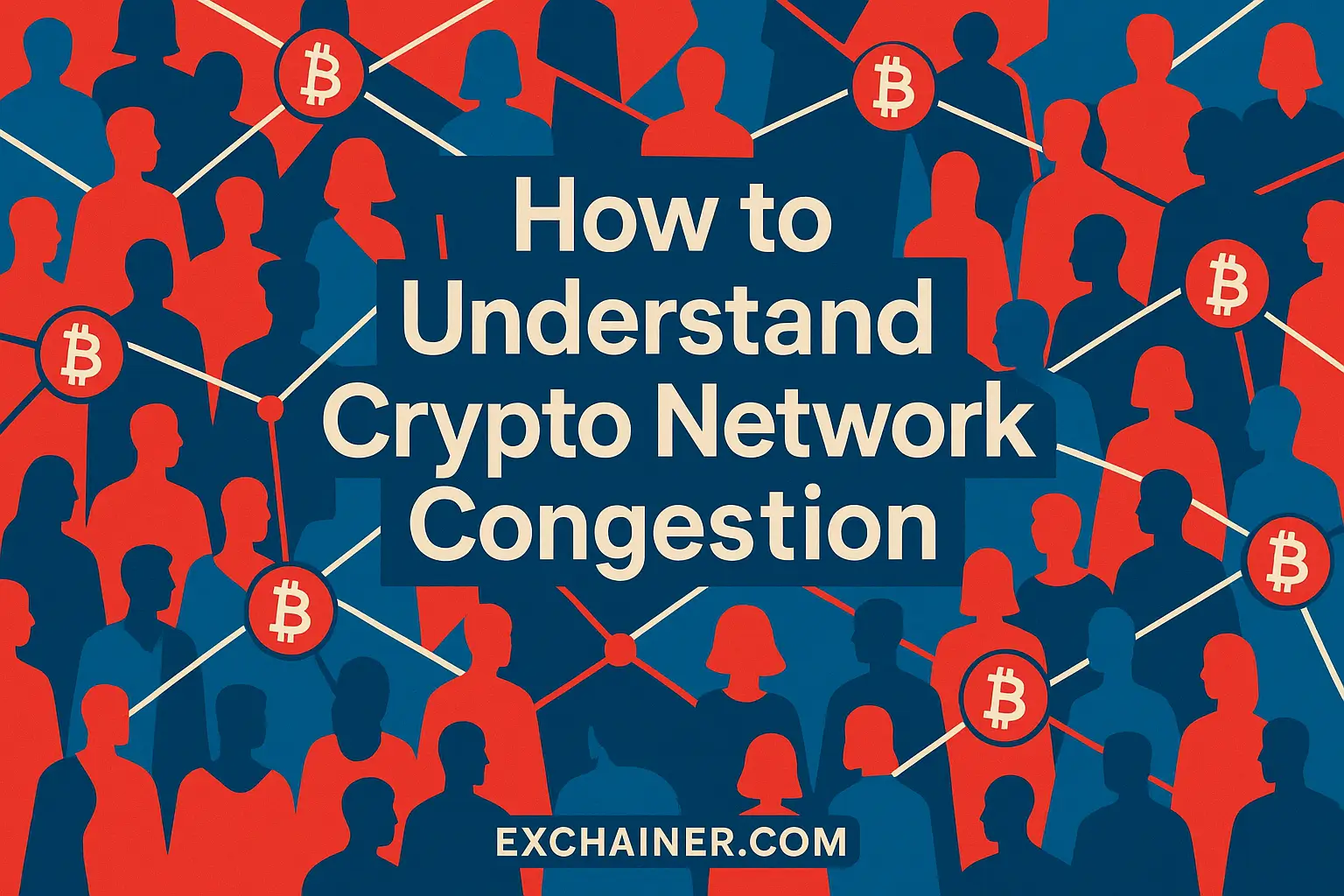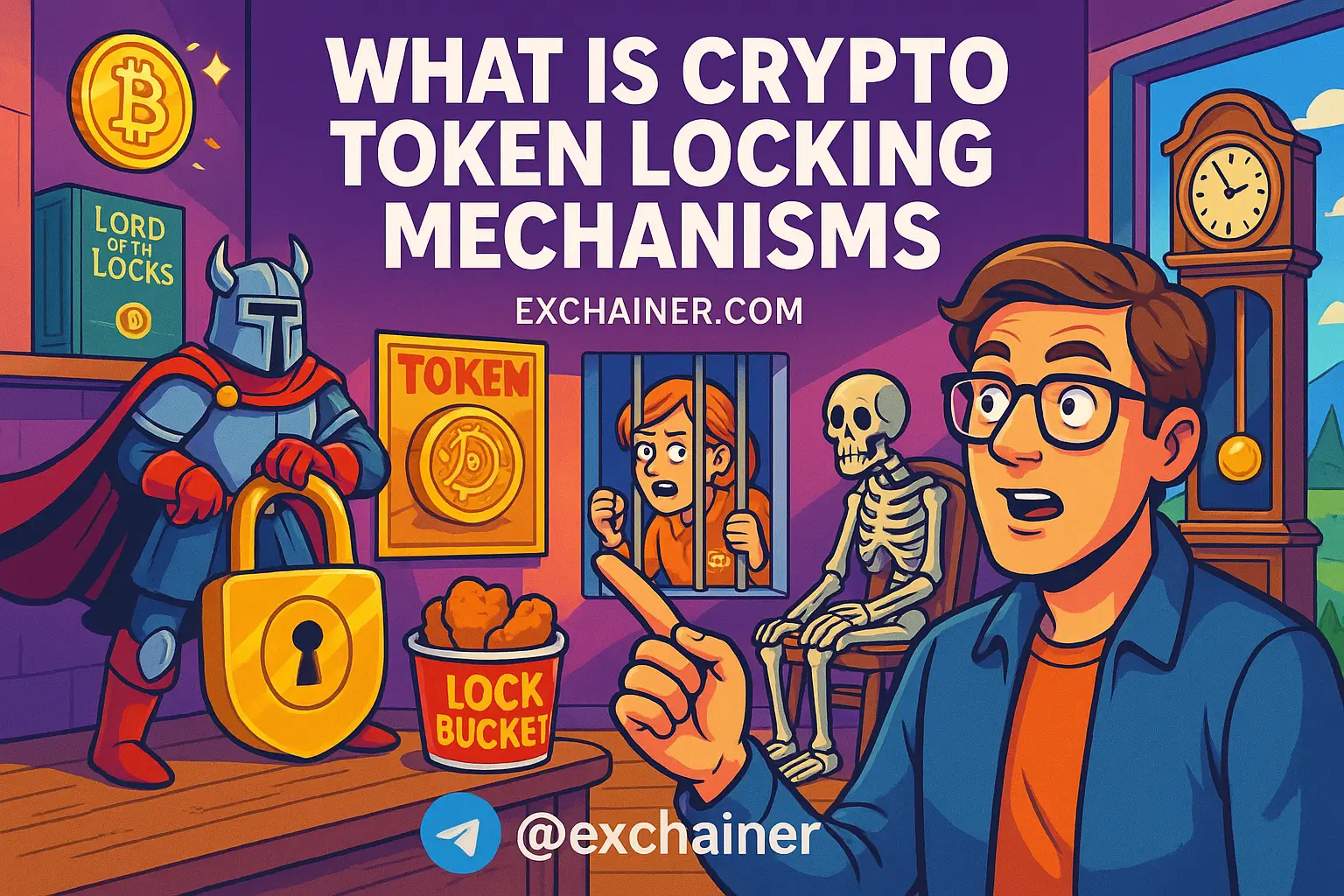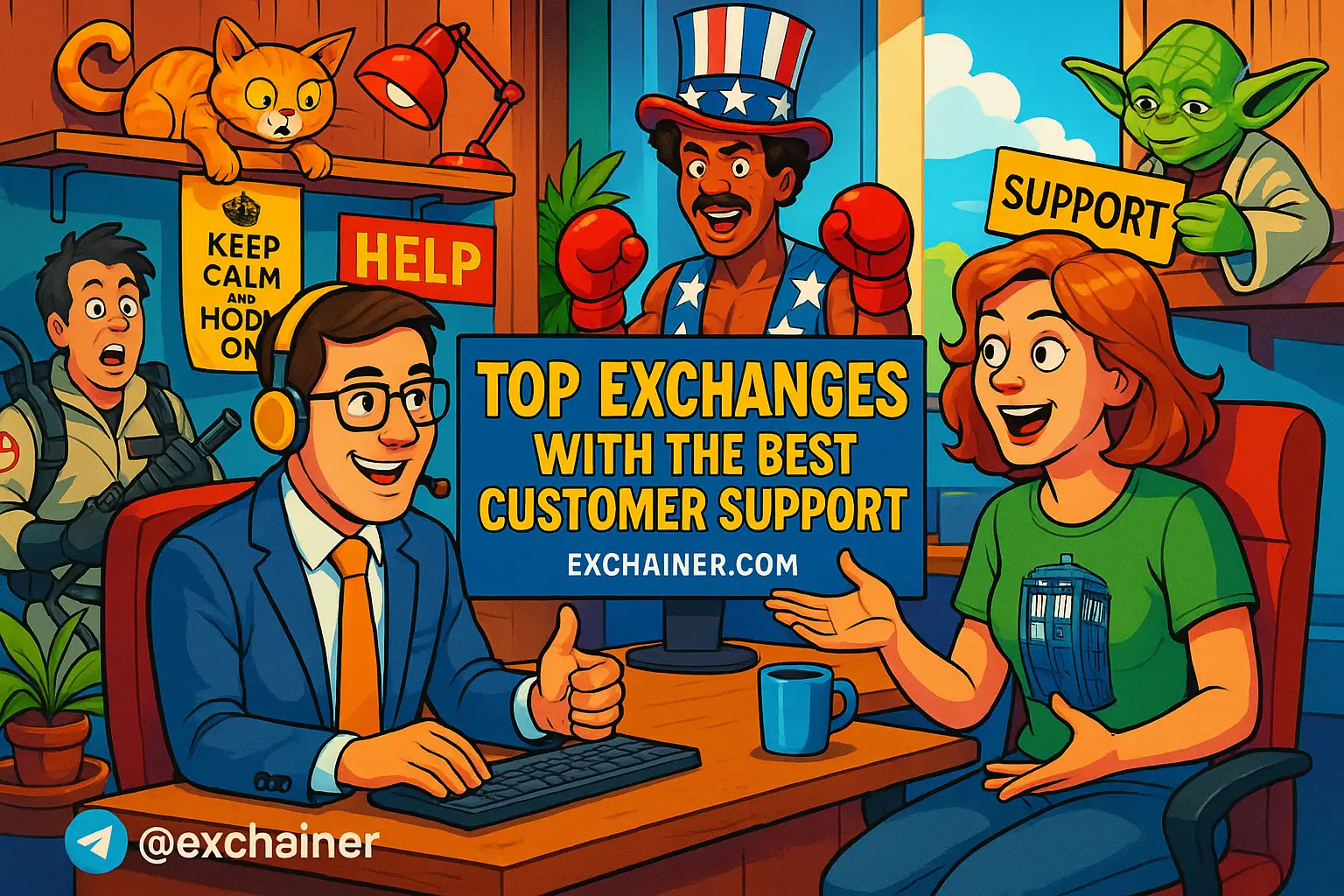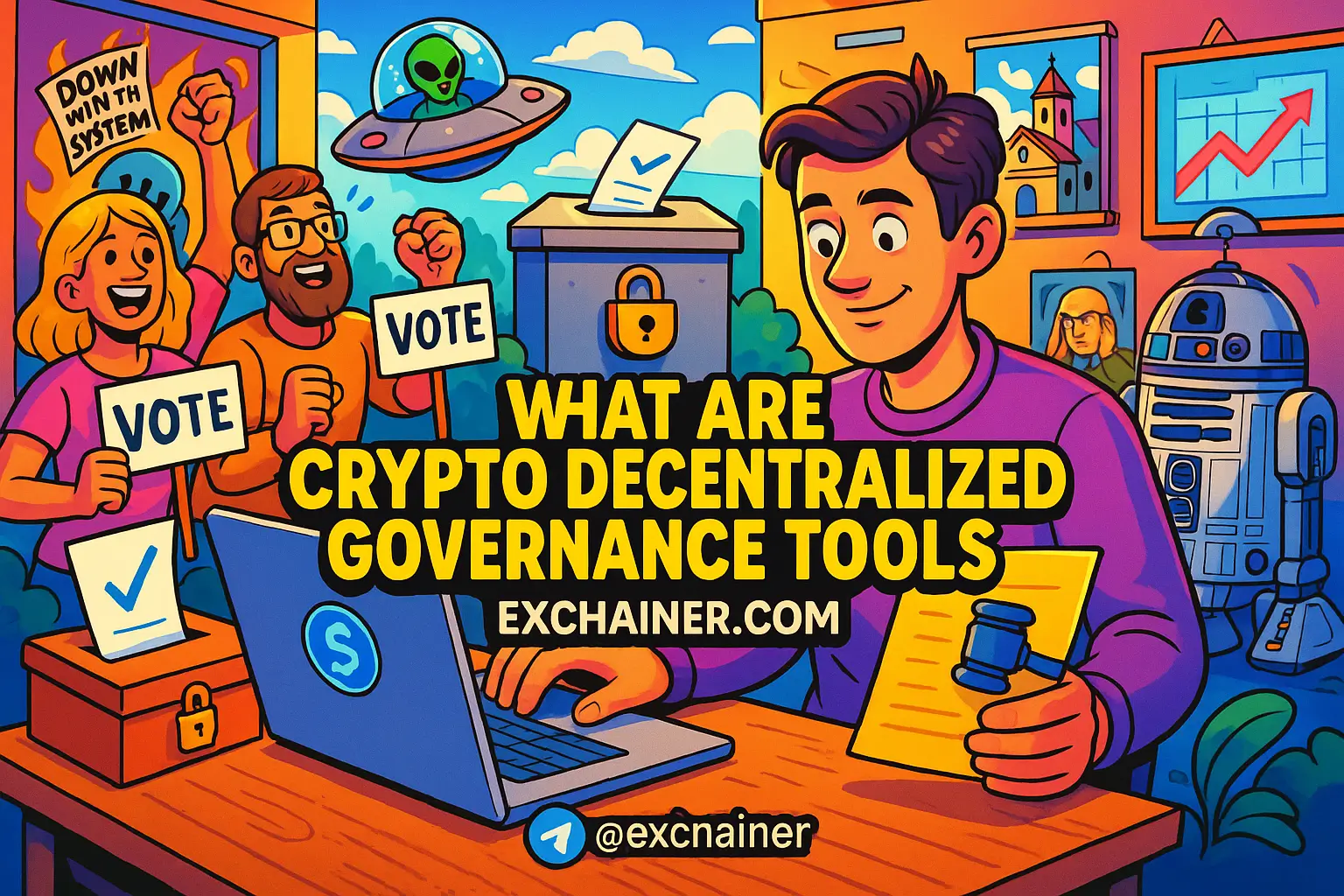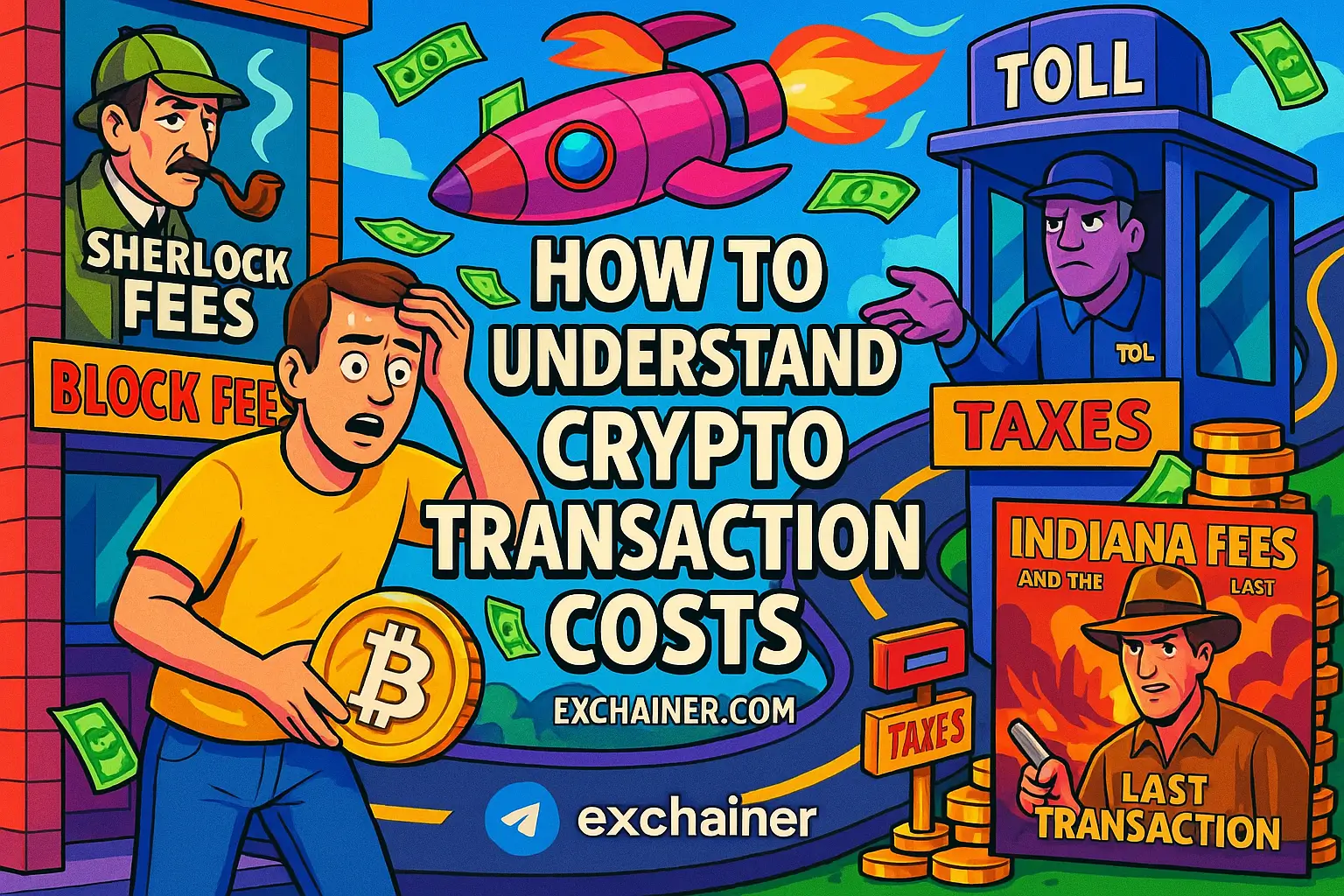Friends, diving into the world of cryptocurrencies is like jumping on an exciting rollercoaster ride—thrilling but sometimes bumpy. One common speed bump you’ll likely encounter is network congestion. You might have noticed when sending a crypto payment, transactions slow to a crawl, or fees suddenly skyrocket. That’s network congestion making its presence felt. Understanding why this happens is crucial for anyone navigating digital currency waters. Whether you’re just starting out or looking to sharpen your crypto savvy, knowing how to recognize and deal with network congestion will help you trade smarter and avoid costly mistakes.
Let’s unpack this concept step-by-step, peeling back the layers until you fully grasp how network congestion affects your crypto activity—be it buying, selling, or sending coins. By the end of this guide, you’ll have practical tips, real-world examples, and a clearer picture of the blockchain traffic jam phenomenon. Ready to take control of your crypto transactions? Let’s get rolling!
What Is Network Congestion in Crypto?
In simple terms, network congestion happens when a blockchain’s transaction volume exceeds its capacity to process them quickly. Imagine a busy freeway at rush hour. When too many cars try to squeeze through, traffic slows down or even grinds to a halt. That’s what occurs in blockchain networks when there’s a flood of transactions waiting to be confirmed.
Every blockchain, like Ethereum or Bitcoin, has a finite ability to handle transactions per second. Once demand crosses this threshold, some transactions get stuck waiting in line. Miners or validators prioritize transactions mainly based on the fees attached—higher fees usually get processed faster. That’s why bumps in network activity can cause delayed transfers and increased costs.
Why Does Network Congestion Happen?
Network congestion spikes often follow big events or trends:
Popular NFT drops or token launches: When a hyped project announces a limited edition NFT sale, thousands swarm the network at once.
DeFi (Decentralized Finance) activity surge: Markets like lending, borrowing, or swapping tokens can suddenly see a transaction explosion—especially when prices shift rapidly.
Major announcements or news: Positive news often causes a buy frenzy, leading to network overflow.
Take the Ethereum network, for example. Its base layer can process roughly 15 transactions per second. Compare that to Visa’s system capable of processing thousands instantly—limitations are clear. This mismatch can lead to congestion during peak times, something any crypto enthusiast has to keep on their radar.
How Network Congestion Affects Your Transactions
When network congestion hits, your crypto transactions suddenly feel less “instant” and more “pending.” What does this mean for you as a trader or casual user?
Transaction Delays and Increased Fees
During congestion, miners pick transactions that pay higher fees first. If you send a transaction with low fees, expect it to sit unconfirmed for a long time—sometimes hours or even days. This delay can be frustrating, especially if timing matters, like buying tokens during a flash sale or reacting to market moves.
Plus, higher fees can mean spending way more ETH, BTC, or whatever crypto you use just to get your transaction processed. For small transactions, this can even wipe out any profit you might have hoped for.
Failed or Stuck Transactions
Occasionally, transactions may fail or become stuck completely due to congestion, requiring manual intervention to cancel or speed up. This adds complexity for beginners who aren’t familiar with how blockchain wallets operate behind the scenes.
Impact on DApps and Crypto Services
Network congestion also affects decentralized apps (DApps) and crypto services running on specific blockchains. You might find DeFi platforms suddenly hard to use or NFT marketplaces sluggish during high traffic, making your digital currency experience less seamless.
How to Manage Network Congestion: Practical Tips
Don’t let network congestion catch you off guard—here are some game-changing lifehacks to keep your cryptocurrency dealings smooth:
1. Monitor Network Traffic Regularly
Use tools like Etherscan Gas Tracker or CoinMarketCap Gas Tracker to see real-time transaction fees and congestion levels. Knowing when congestion peaks allow you to time transactions more wisely.
2. Adjust Your Transaction Fee
Many crypto wallets let you set your own fee amount. In congested periods, increase fees a bit to avoid getting stuck, but beware of overpaying. Some wallets offer “recommended fee” settings based on current network conditions.
3. Transact During Off-Peak Hours
Try sending transactions late at night or on weekends when fewer users are active. This simple trick can save you time and reduce fees significantly.
4. Use Layer 2 Solutions and Sidechains
Blockchains like Ethereum have Layer 2 networks (e.g., Arbitrum, Polygon) designed to handle transactions faster and cheaper by relieving pressure off the main chain. Exploring these keeps you ahead in congested times.
5. Choose Blockchains with Higher Throughput
If you experience constant congestion, consider transacting on blockchains like Solana or Avalanche, which process thousands of transactions per second and have lower fees.
Examples of Network Congestion and Their Impact
One of the most famous congestion events was during the CryptoKitties craze back in 2017. This blockchain-based game caused Ethereum’s network to slow down to a crawl. Transactions piled up, and fees skyrocketed as thousands of users tried to trade digital cats. This highlighted the scalability challenges of early blockchain designs.
More recently, in 2021, a surge in DeFi and NFT popularity caused notable congestion spikes. Platforms like OpenSea saw delays that affected user experiences during hot NFT drops. Traders had to adjust their strategies to avoid “fee shocks” and transaction failures.
According to statistics from various network monitoring tools, Ethereum’s average transaction fees peaked at over $70 during extreme congestion times. For everyday users, this meant rethinking the cost-effectiveness of routine transactions.
Understanding the Bigger Picture: Why Network Congestion Matters
Network congestion isn’t just a minor hiccup; it reflects a blockchain’s health and its ability to serve users efficiently. High congestion points to a need for upgrades and innovation. Developers continuously work on scaling solutions like Ethereum 2.0’s transition to Proof of Stake (which promises higher speeds and less congestion) or zk-rollups that bundle transactions off-chain.
For traders and users, understanding network congestion means not only avoiding costly delays but also predicting market behavior during high traffic. For example, sudden congestion can signal a major crypto event—a new token surge, regulatory news, or emerging trend—helping you stay informed.
Conclusion
So, friends, network congestion might sound a bit technical, but its effects are very real in your everyday crypto journey. It’s like a traffic jam on the blockchain highway, causing delays, higher fees, and sometimes frustration. But armed with the right knowledge and tools, you can navigate this traffic smoothly.
To recap: congestion happens when blockchain transactions pile up; it leads to delays and increased fees, but by monitoring fees, using Layer 2 networks, and timing your transactions carefully, you can avoid many pitfalls. Remember, blockchain technology is rapidly evolving, and solutions to congestion are advancing all the time.
If you want to deepen your knowledge and become a true crypto pro, keep exploring and learning. Check out our detailed beginner guides and exchange reviews at Crypto 101, explore trusted trading platforms in our Exchange Reviews, or find the best wallets and tools to make your crypto life easier at Tools and Wallets.
Take control of your crypto futures—understand network congestion today and turn potential crypto traffic jams into smooth rides!

